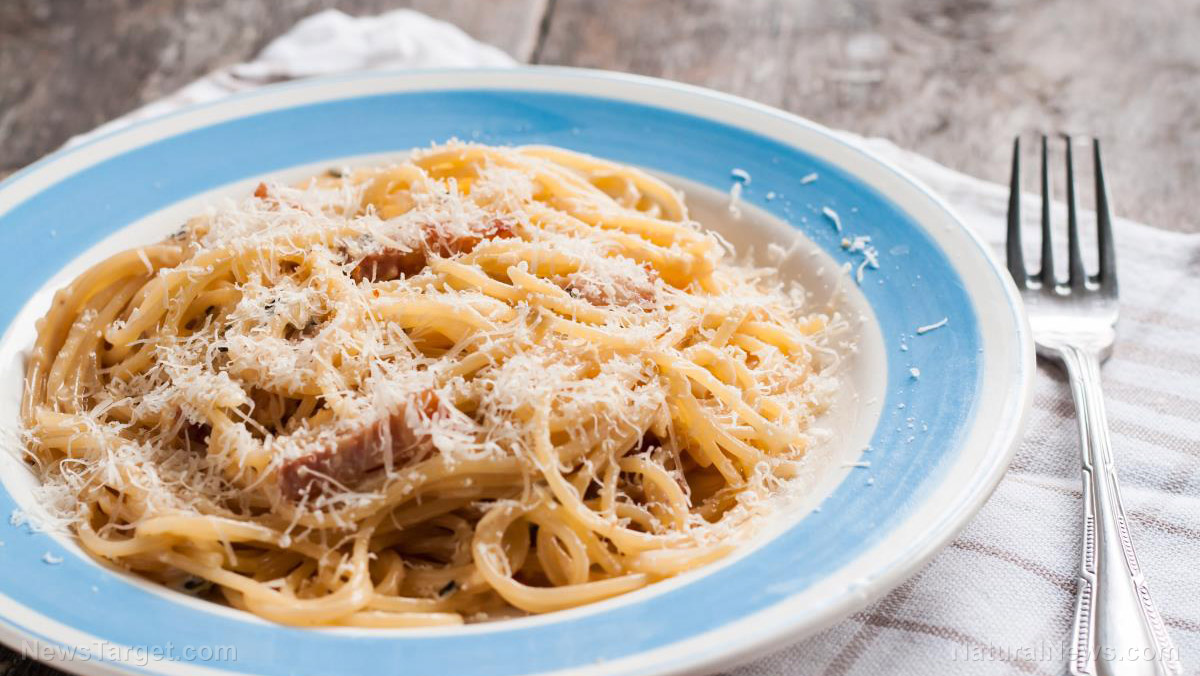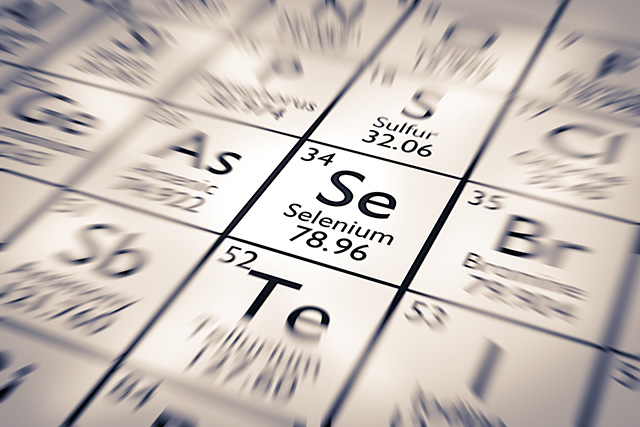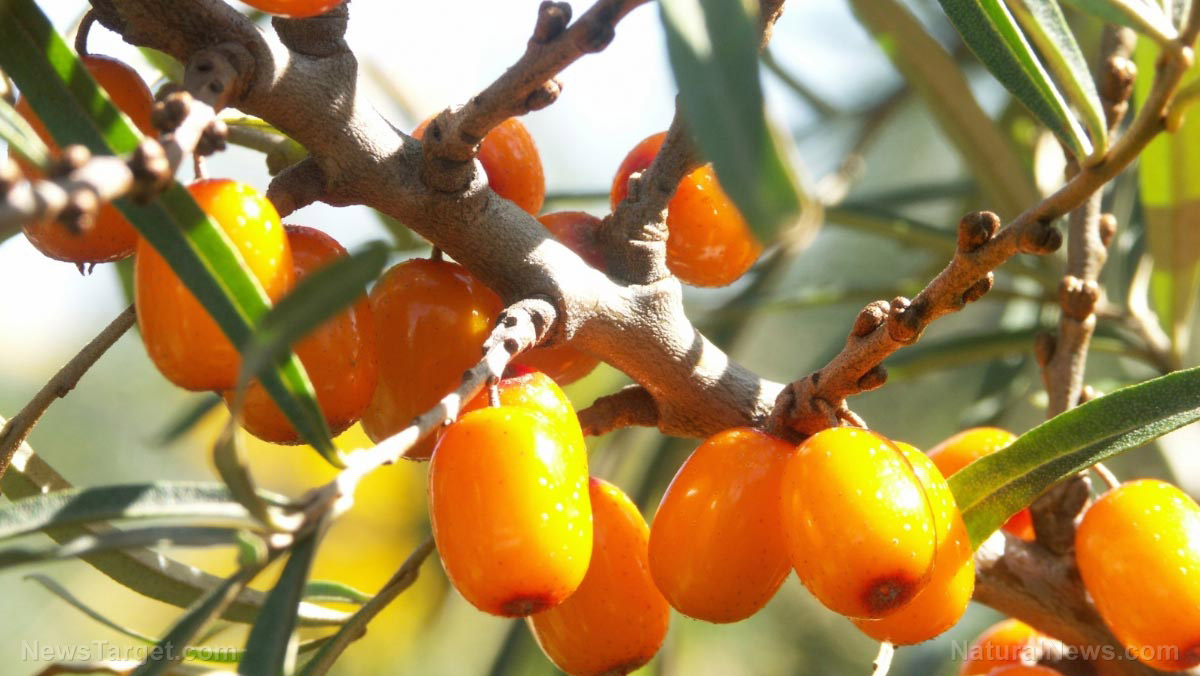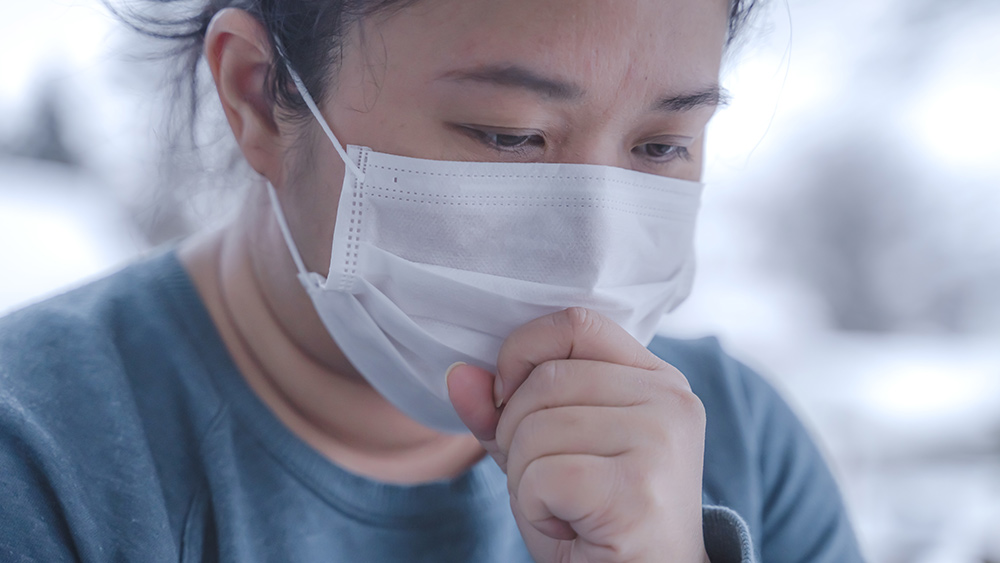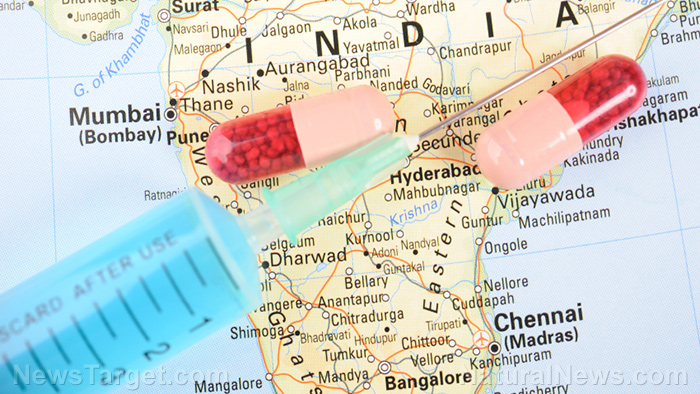How to identify, grow and use goldenrod, a versatile plant that you need in your survival garden
05/28/2020 / By Zoey Sky
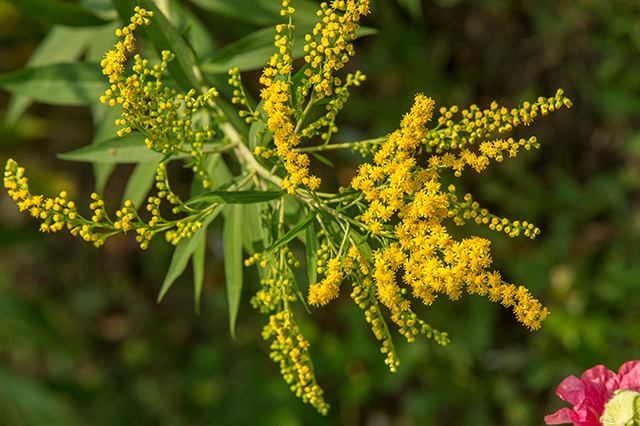
Goldenrod is a yellow wildflower often used to make herbal supplements and teas. This medicinal plant has many survival uses, making it a must-have in your home garden. (h/t to SurvivalSullivan.com)
What is goldenrod?
Goldenrod grows in roadside ditches and fields and it is often considered a weed. The plant bears yellow flowers in late summer and early fall.
Since goldenrod cross-pollinates easily with other plants, there are over 100 different species of the plan, many of which are believed to have similar beneficial properties.
Solidago virgaurea or European goldenrod is the most commonly studied species in terms of the plant’s health benefits. Goldenrod is used in both traditional Chinese medicine and herbal medicine in some European countries.
The parts of the plant that grow above ground, like its flowers and leaves, are often used for medicinal purposes.
Goldenrod contains various beneficial plant compounds, such as saponins and flavonoid antioxidants like quercetin and kaempferol.
Saponins are plant compounds that offer health benefits. They help prevent the growth of harmful bacteria and yeast-like Candida albicans, a fungus that can cause vaginal yeast infections and infections in other parts of the body.
Additionally, saponins have anti-cancer and anti-inflammatory effects in test-tube and animal studies.
Goldenrod is often used as a natural diuretic. Aside from being used to lower cholesterol, the plant is also used to treat:
- Allergic rhinitis
- Colds and the flu
- Kidney stones
- Minor wounds
- Upper respiratory infections
- Urinary tract infections (UTIs)
- Vaginal yeast infections
Identifying goldenrod
European goldenrod, the type usually found growing in pastures and by the roadside, grows from 3-7 feet tall. (Related: 5 Medicinal plants that you need in your home garden.)
Yellow flowers appear on European goldenrod at the beginning of August or September, depending on the climate in your area. The plant thrives in full sun.
When harvesting goldenrod, keep these tips in mind:
- Goldenrod has yellow flowers that are about ¼ of an inch wide. These grow in large clusters.
- Leaves on the goldenrod plant are smooth, with slightly jagged edges.
- Usually, goldenrod leaves grow no longer than the base of the plant.
- Goldenrod stems don’t branch until they begin to flower.
- Harvest goldenrod for its flowers, leaves, and buds when the flowers are beginning to bloom and not when they are in full bloom.
- Don’t harvest goldenrod from mildewy plants.
- Pluck or snip the desired part of the goldenrod from the whole plant. Prepare to use as desired.
When in doubt, crush a leaf from the plant. Learn how the resin inside feels and make a mental note about its unique aroma, which has a hint of salt and balsam.
Note that goldenrod may look similar to dangerous plants like groundsel, ragwort and wild parsnips.
Tips for growing goldenrod
Goldenrod grows well in agricultural growing zones 3 through 9.
- While the plant can grow in partial shade, it will thrive in full sun.
- Goldenrod typically grows well in well-draining soil.
- Stratify seeds for at least three months before sowing them on the surface of the soil, but don’t bury the seeds.
- Depending on your growing zone, you can divide rooted plants in the late spring to early summer and transplant.
How to use goldenrod
Goldenrod can be used topically as an anti-inflammatory for arthritis. The plant is best used in salve form for minor wounds.
Goldenrod infusion
This infusion is used as the base of various goldenrod recipes.
Ingredients:
- 1 cup dried goldenrod flowers
- 12 oz olive oil
Preparation:
- Put the dried goldenrod flowers in a Mason jar.
- Pour 12 oz of olive oil over the flowers, which should be thoroughly coated and covered.
There are two ways to process a goldenrod infusion: the traditional slow method and the modern quick method.
Slow method:
- Put the lid and ring on the Mason jar.
- Store the goldenrod infusion in a cool, dark place for 4-6 weeks.
- Shake the jar once a day until it is removed and uncapped for use.
Quick method:
- Put the open Mason jar in a cookpot with several inches of water, then set the burner to a low simmer.
- Steep the mixture for 2-3 hours.
- Let the goldenrod tincture settle at room temperature for several days before using it. (Optional but highly recommended.)
Final step (use with either the slow or quick method):
- Drain the oil from the goldenrod using a colander or fine mesh strainer.
- Store the infused oil. You should have about 12 oz left after processing.
Goldenrod salve
This recipe yields approximately 6 fl oz.
Ingredients:
- 5 oz pastilles (recommended) or beeswax
- 3 ½ oz goldenrod infusion
Preparation:
- Pour several inches of lukewarm water in a medium cookpot.
- Place a one-pint Mason jar or a heat-proof container into the cookpot, then pour the goldenrod infusion into the jar.
- Add the pastilles. If you’re using beeswax, chop it finely before adding into the mix.
- Bring the mixture to a simmer over low to medium heat. Stir constantly so the mixture doesn’t burn.
- After the beeswax or pastilles have melted and is completely combined with the infusion, let it cool.
- Pour the mixture into storage containers with airtight lids.
Considerations when using goldenrod
Do not use goldenrod is you are allergic to ragweed, get hay fever or have related seasonal allergies. The plant may cause dermatitis or a rash on your skin.
Possible side effects of goldenrod include:
- A diuretic effect, which can make diuretic medications work stronger. This may cause dehydration.
- Fluid retention or related lung issues
- Heartburn
- Osteoporosis
Goldenrod is not recommended for children, pregnant or nursing women, people with hypertension (high blood pressure), hypotension (low blood pressure), kidney disease or any type of heart disease.
If you’re not used to taking goldenrod remedies, consult your natural health practitioner to check for possible drug or allergic interactions.
Once you have confirmed that you can safely use natural remedies like a goldenrod salve, use the medicinal plant to treat minor wounds and other conditions.
Sources include:
Tagged Under: alternative medicine, goldenrod, herbal medicine, Herbs, home gardening, medicinal plants, natural cures, natural medicine, off grid, remedies, survival medicine



